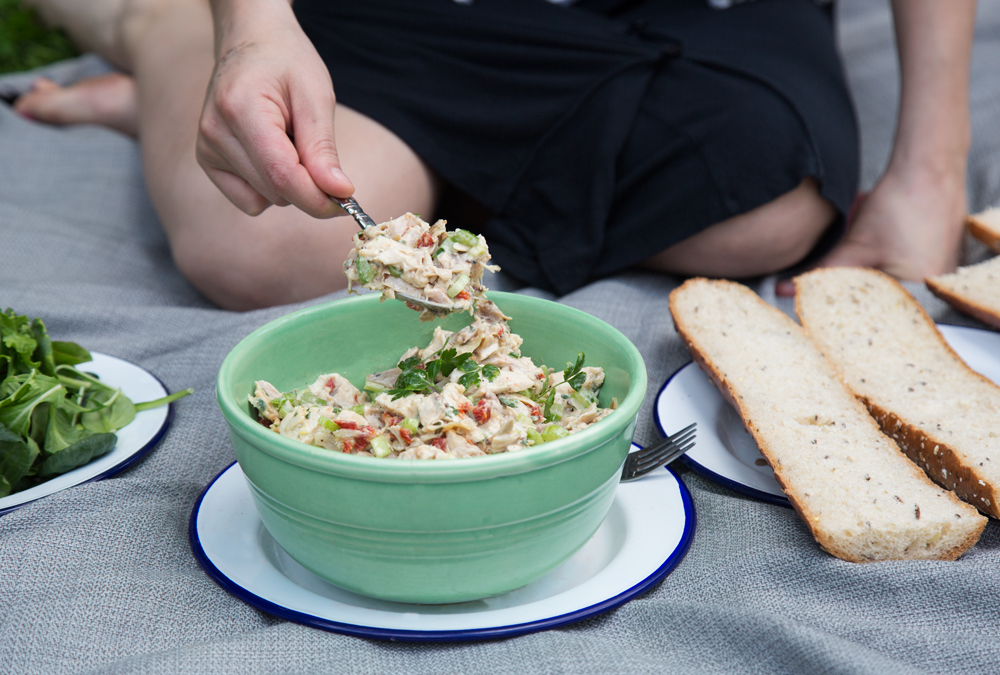
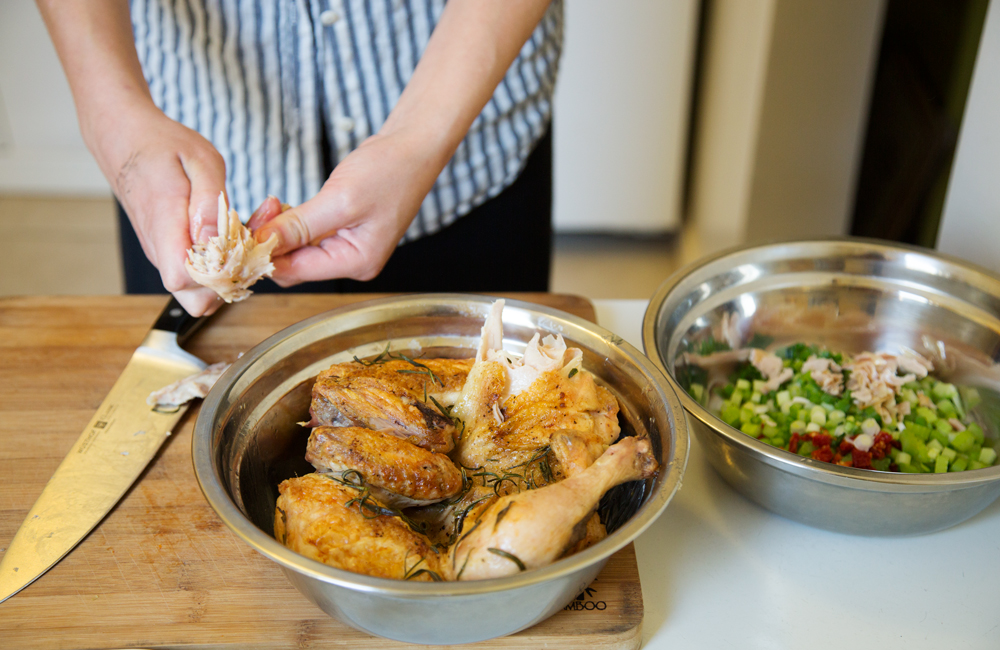
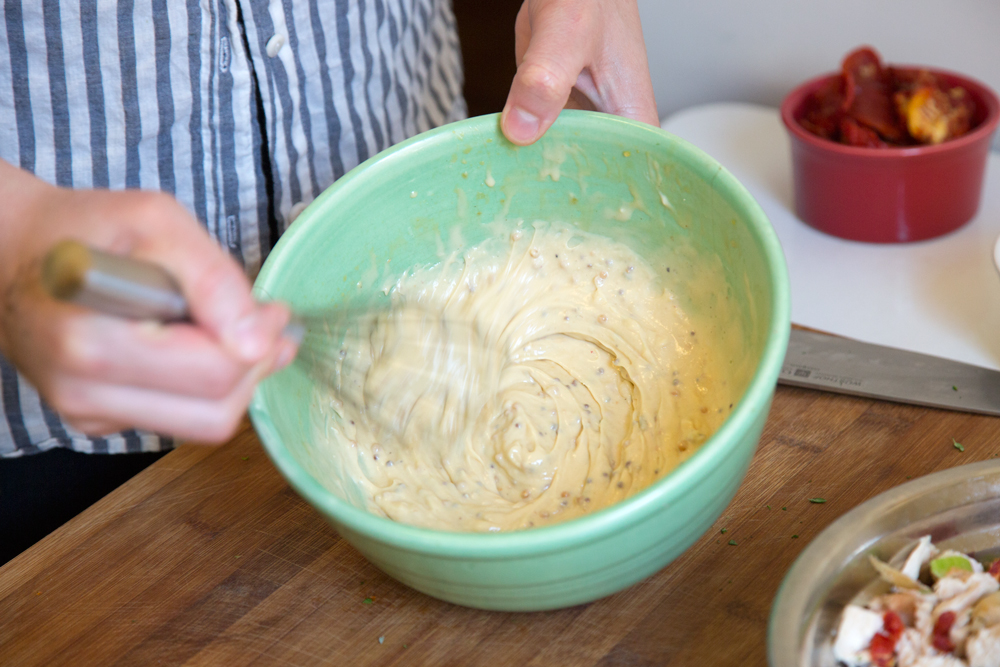
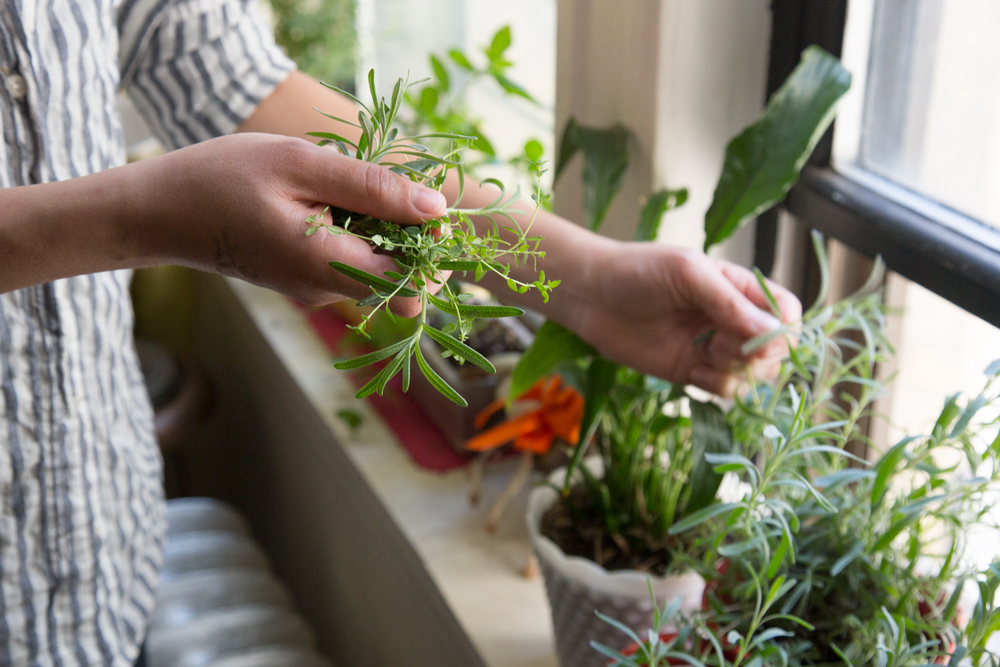
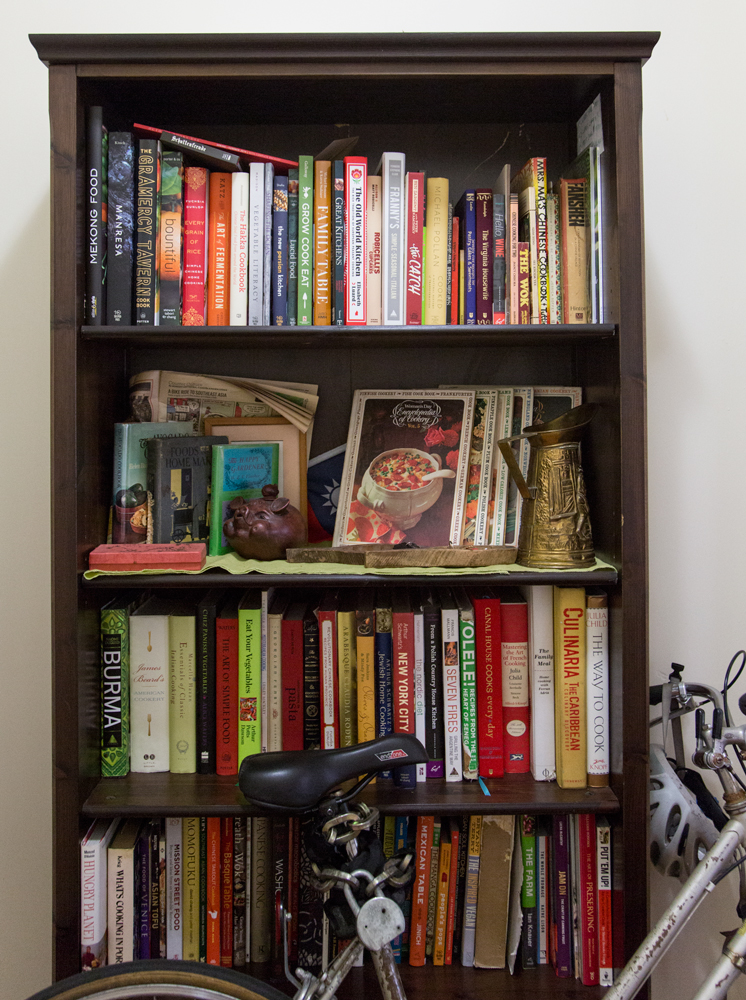
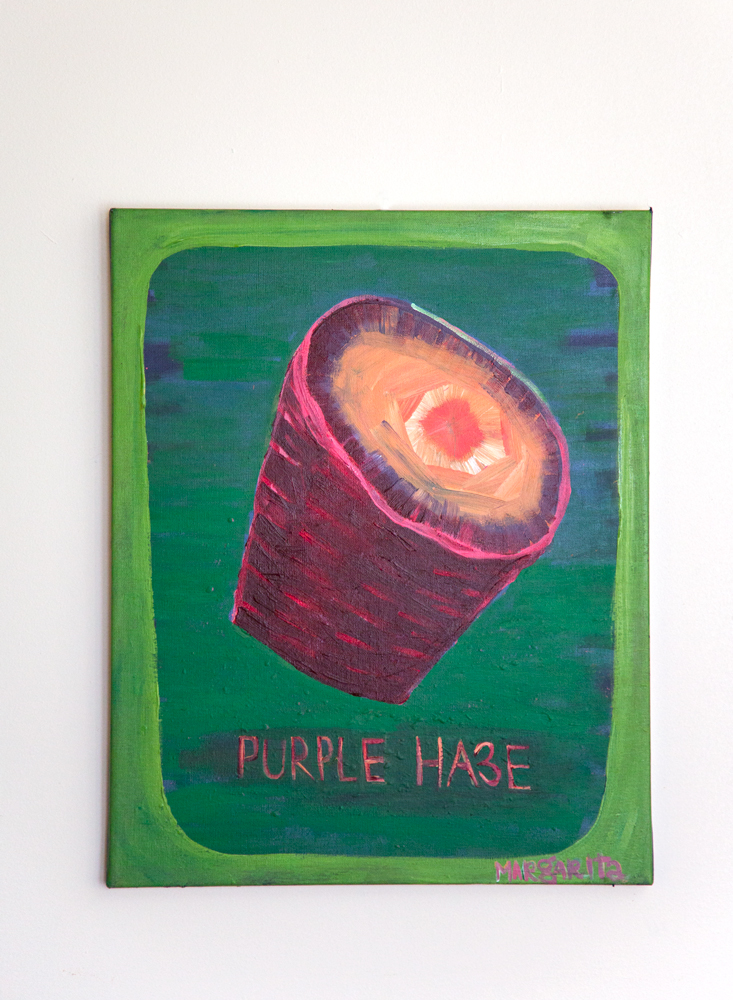
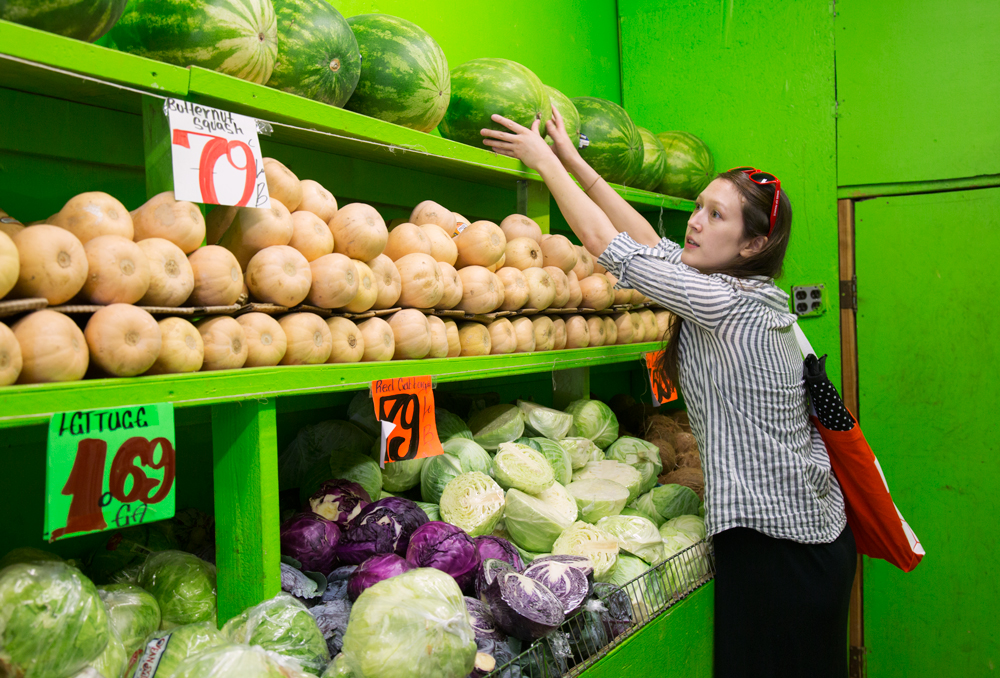
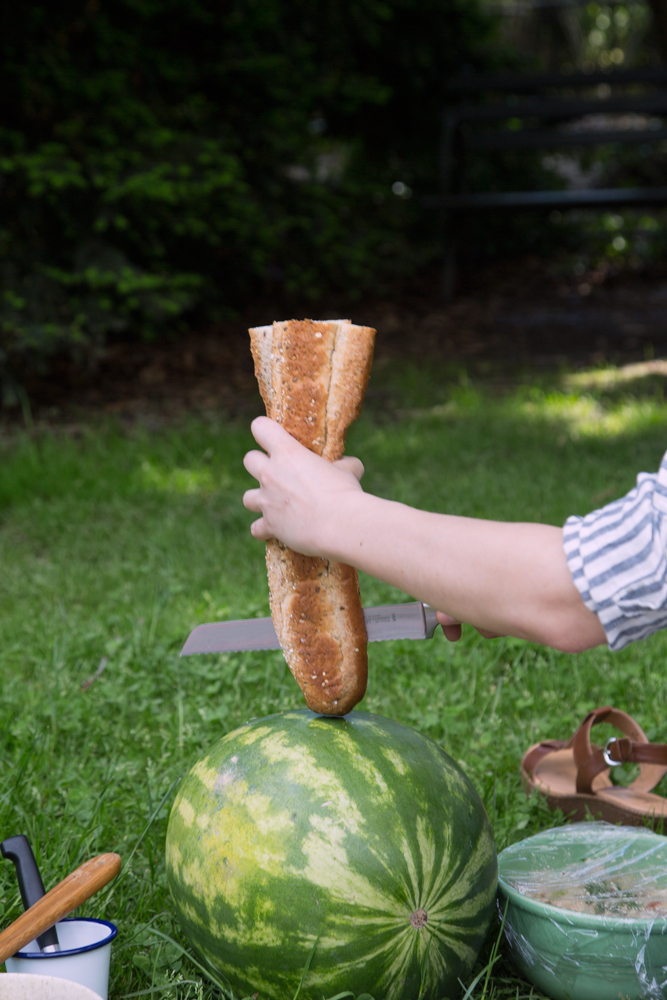
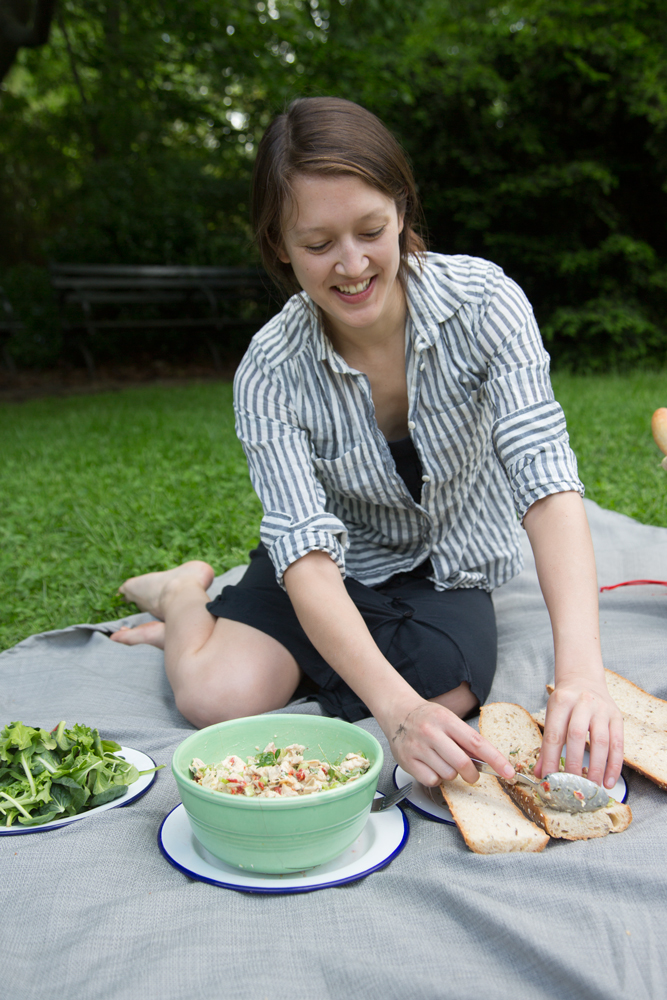
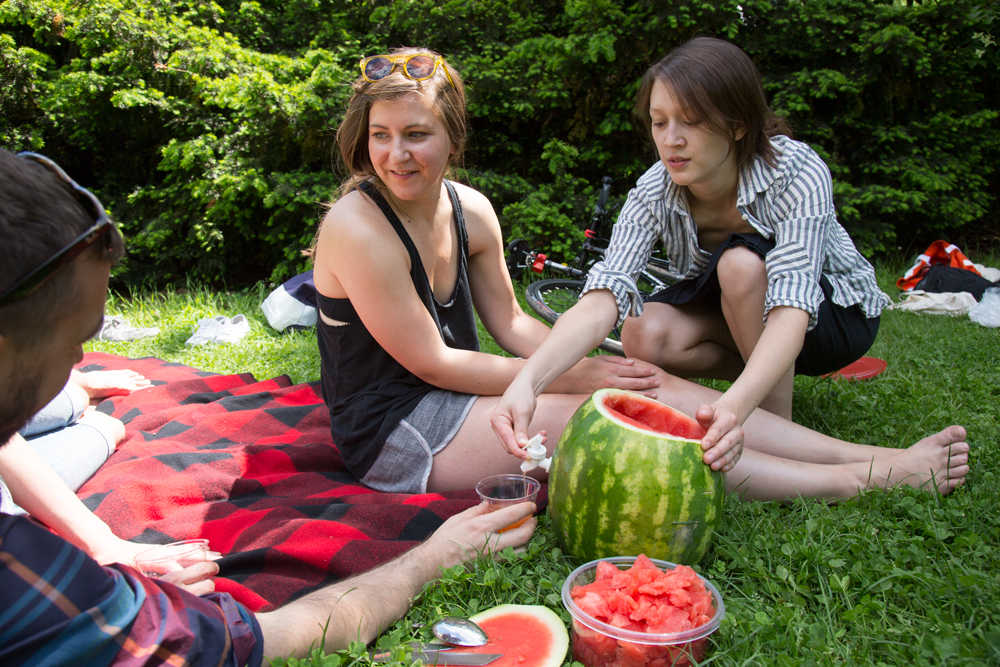

INGREDIENTS
- baguette,
- chicken,
- chicken fat,
- herbs,
- mayonnaise,
- schmaltz,
- sundried tomatoes,
- tarragon,
- tomatoes
RECIPE
DIFFICULTY
MODERATE
SERVES
1
PREP TIME
90 MINS
-
3-3 1/4lbwhole chicken
-
1tbspolive oil
-
2sprigsfresh rosemary
-
1/2cupchicken pan drippings (juice and fat)
-
1egg yolk
-
1tbspfresh lemon juice
-
1-2tbspwhole-grain mustard
-
1clovegarlic, grated or minced and crushed
-
1/2cupmayonnaise
-
3stalkscelery
-
3scallions, finely chopped
-
1/2cupassorted fresh herbs, chopped (such as parsley, thyme, oregano, more rosemary)
-
salt and freshly ground black pepper
-
2long baguettes
-
lettuce or baby greens for the sandwiches
INGREDIENTS
- baguette,
- chicken,
- chicken fat,
- herbs,
- mayonnaise,
- schmaltz,
- sundried tomatoes,
- tarragon,
- tomatoes
Cathy Erway, the woman behind Not Eating Out in New York, might be your favorite food blogger, but eating with Cathy is no different that eating with one of your closest friends.
Ever since I began Salad For President, I have had a nagging concern: if one is always photographing/tweeting/instagramming their food, their shared meals, their dinner parties, do they risk alienating the people who share their real-life table? It is a challenge to remain present and to also be diligent in creating content for a food blog, but Cathy Erway has got it down to a science.
Cathy and I decided that her guest appearance on Salad For Present would involve a casual Potluck gathering in Prospect Park. She is a laid back and intuitive cook, focused on playing the part of the gracious hostess. And, it goes without saying that she does make a mean chicken salad. Schmaltz (the yiddish word for rendered animal fat), for those of you who are not familiar, is the rendered fat and pan drippings from a roasted chicken. It is packed with flavor, and a brilliant substitute for the vegetable oil normally used to make mayonnaise.
Aside from her wildly popular blog, Cathy Erway is the author of The Art of Eating In: How I Learned to Stop Spending, which was named one of the “Top Favorite Cookbooks” of 2010 by Serious Eats. It was based on her two years of going without restaurant food and her blog on that topic. Her second book will debut this Spring.
Cathy hosts the weekly talk radio show podcast, Eat Your Words, on Heritage Radio Network and has written about food for publications including The Huffington Post, Saveur, PAPER Magazine, Serious Eats, Civil Eats and Edible Brooklyn.
All these accomplishments aside, Cathy is just the kind of girl with whom you want to lounge on a picnic blanket, tap a vodka-filled watermelon and spend the day relaxing in the sun.
Cathy Erway in her own words
Julia: When you started your blog, were you pioneering the effort to cook and entertain amongst your friends? Judging by the contributions to the picnic, it seems like your friends are quite enthusiastic about food and cooking,
Cathy: At the time, a lot of my friends were interested in food, but for all of us, convening over great food served as a catalyst for meeting new people and having a good time. I met a lot of friends through cook-offs, food blogging meet-ups, and other food-related events.
Julia: How did the blog gain followers and become so popular? It doesn’t seem like you set out to do the project for that reason. What do you think makes your blog so appealing to a wide range of readers?
Cathy: I think the blog was somewhat polarizing at first. Whatever people’s reactions were, it did inspire questions and conversation. When I began blogging in 2006, it seemed that being a food enthusiast in NYC meant that you ate at all the hot new restaurants, knew the chefs, etc. My blog was providing a very different perspective.
Julia: Now that you are no longer boycotting restaurants, how often do you eat out? What were the first restaurant meals you ate after your two year hiatus?
Cathy: I eat out occasionally, but it’s not a habit. At the end of two-years of cooking exclusively at home, I actually enacted an “opposite week” where everything I ingested came from a restaurant. I hit the whole spectrum — trendy new restaurants, boring delis, pizza shops, dim sum in Flushing Queens, etc.
Julia: Have you ever calculated how much money you saved by cooking at home exclusively?
Cathy: I did compare those back-to-back weeks at the end of the experiment – my final week of only eating at home, as compared to the following week of only eating in restaurants. I saved about $300, even though friends treated me to some of those restaurant meals.
Julia: Reason #20 on your Reason of The Month page of your blog is “Book Deal.” Tell me about your forthcoming book, and how it differs from your last book.
Cathy: My first book was a narrative memoir, with only a couple recipes at the end of each chapter. There were no photos, no color. I could do it all from my laptop. My next book is a comprehensive cookbook on Taiwanese food and food culture. I found that no previous US author had covered this topic, so it necessitated a lot of intensive research.The book features about 100 recipes, many accompanied by images. This required considerable travel time in Taiwan, taking photos and doing research. After four trips to Taiwan, the book was something I really wanted to do, so I’m just really excited that the book is actually coming out next Spring!
Julia: Your radio show focuses on cookbooks and their authors. What is your favorite cookbook right now?
Cathy: I really liked Chad Robertson’s Tartine No. 3, about using ancient grains and finding new and old methods of bread-baking.I hoard cookbooks and love collecting ones for every cuisine or country in the world. I really like the Hakka Cookbook by Linda Lau Anaussassan, which thoroughly chronicles the cuisine of an ethnic group that hasn’t been given much consideration by popular culture, restaurants or the media.
Julia: Why should people get their recipes and inspiration from food bloggers as opposed to/in addition to celebrity chefs and magazines?
Cathy: In this day in age, food bloggers can also be “celebrity chefs.” All told, I think it’s important to find food mentors whose perspective and intentions you trust. This is more valuable to the average home-chef, than paid entertainers producing sensational web content. People want reliable, practical, relatable recipes and/or food stories that they can honestly relate to.